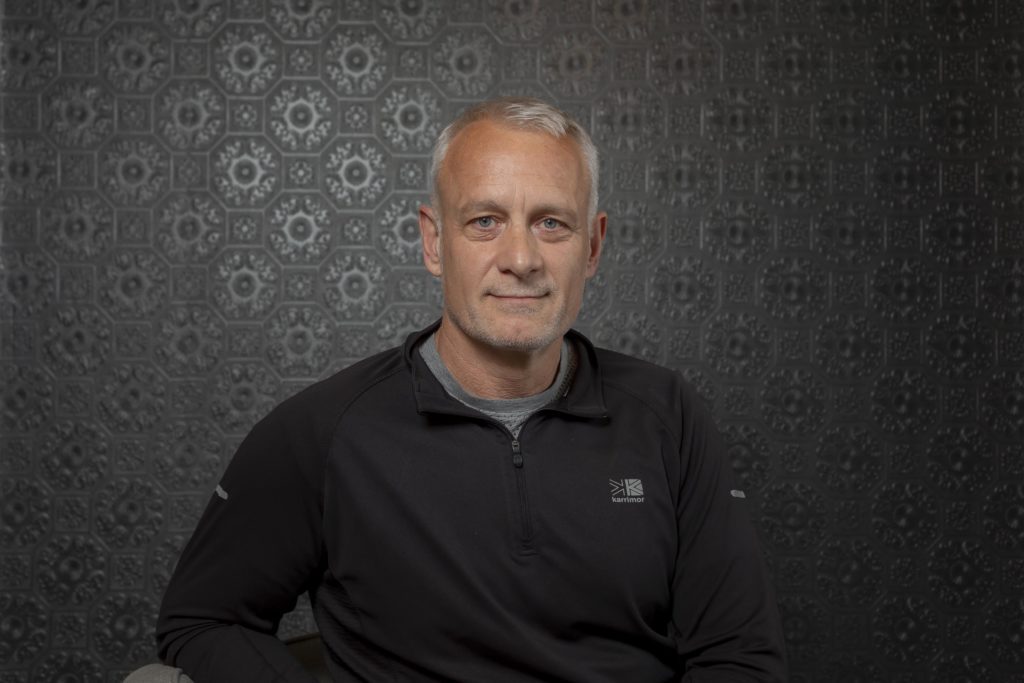As we settle into the new year, many of us will be getting back into our regular fitness regime or at least attempting a new exercise programme.
But as we set out to achieve our fitness goals, Sports and Exercise Science academic Morc Coulson urges caution in the latest edition of his acclaimed The Fitness Instructor’s Handbook and attempts to clear up common misconceptions when it comes to exercise, backed by science and logic, preventing long-terms strains and stresses on the body.
The senior lecturer at the University of Sunderland, has been involved in the health and fitness industry for the past 20 years, and recently updated his handbook for personal trainers – a culmination of his knowledge in the area of health and fitness, which have become key texts for many students and institutions around the UK and overseas.
He says within the health and fitness industry there is still a lack of understanding and depth of knowledge, alongside various opinions and misconceptions when it comes to performing cardio and resistance exercises.
But he believes the answer lies in common sense with a simple scientific explanation.

“The biomechanics of human movement can often help settle certain debates,” says Morc. “However, if instructors do not feel they have the necessary experience to draw on published research, then they should ask themselves, ‘would this be typical of human behavior?’ In other words, is it logical or common sense? It is then possible to support this logic with a simplified scientific explanation.”
Morc gives the example of squatting.
“In fitness environments around the globe you will often hear the phrase ‘do not squat below 90 degrees’. The simple response to this is we should because we can. For many thousands of years humans have foraged for food, which requires things to be picked up from the ground. The human body has joints that allow us to squat below 90 degrees to be able to do this, and this is the logical side.
“The science side tells us that one of the main reasons we struggle to squat below 90 degrees as we get older is that we lack the strength and flexibility to do so. The very nature of modern environments limits the degree to which we squat. Since the invention of the chair, we very rarely need to perform squats for any reasonable depth so we lose the ability to do so.
“It is recommended therefore to encourage clients to try to improve their own squat depth and increase flexibility in gastrocnemius and soleus muscles as inflexibility in these muscles can restrict squat depth.”
Morc, was chair of the CPD panel of SkillsActive, the Sector Skills Council for Active leisure, Learning and Wellbeing, monitoring the delivery of training qualifications for more than 10 years.
The Fitness Instructor’s Handbook, Fourth Edition, is a resource for students and qualified fitness professionals alike. The handbook covers correct technique, safety points, step-by-step photos and updated references. Other updates reflect the latest changes to the National Occupational Standards for both Level 2 and 3 qualifications.
Morc has written eight books in his Complete Guide Series, a culmination of his knowledge in the area of Health & fitness, which have become key texts for many institutions around the UK and overseas.
















